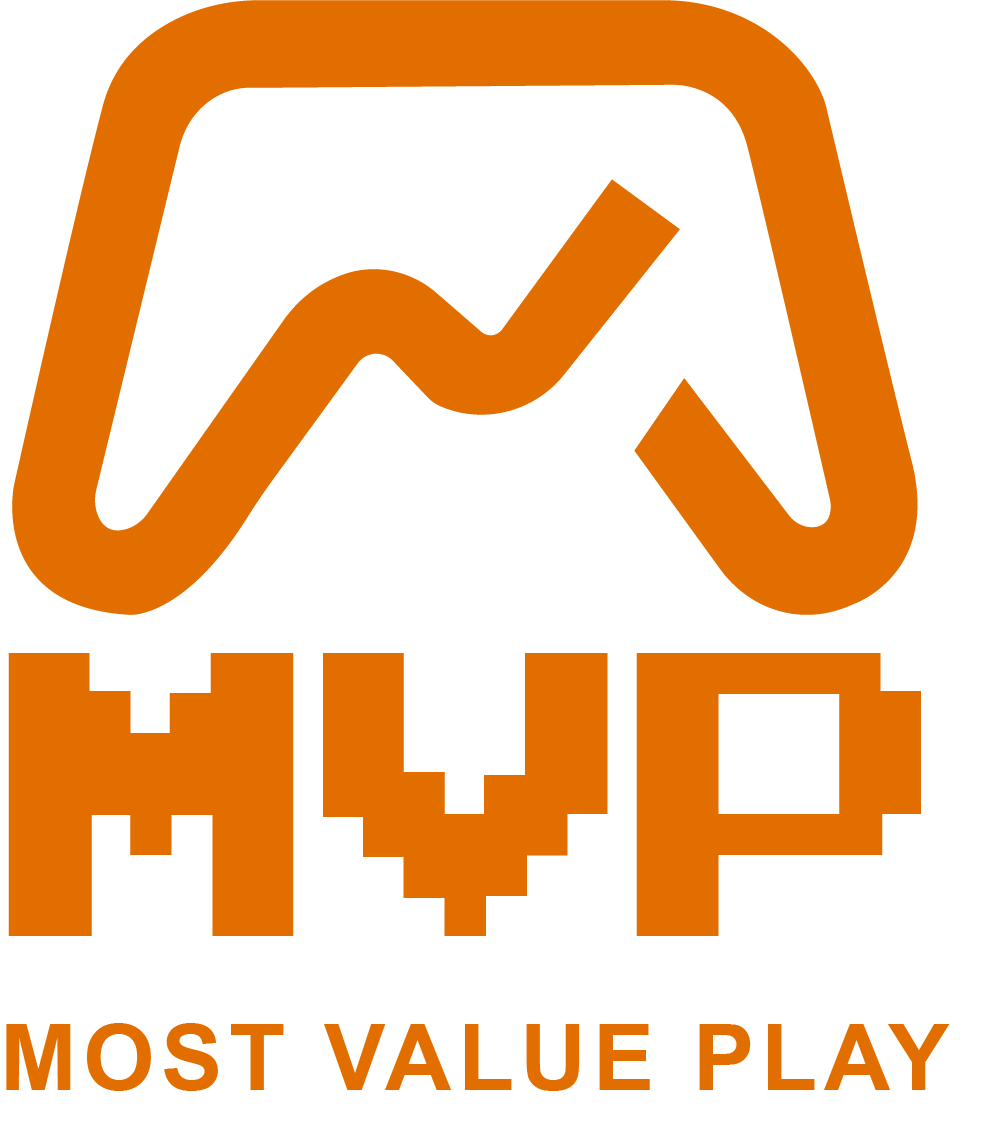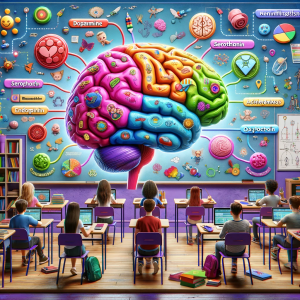Gamification in education isn’t just about making learning fun. It’s a strategic approach that taps into the brain’s natural mechanisms for motivation and learning. Central to this strategy are neurochemicals—substances produced by the brain that play a crucial role in how we feel, learn, and retain information. This article delves into how gamification in educational settings influences the release of these powerful chemicals, enhancing both learning and engagement.
The Role of Neurochemicals in Learning
Neurochemicals are natural compounds in the brain that transmit signals between neurons. They influence a wide array of functions including mood, attention, reward, and learning. Understanding these chemicals provides insights into how gamification can be designed to maximize educational outcomes.
Key Neurochemicals Affected by Gamification
Dopamine: Often referred to as the “feel-good” neurotransmitter, dopamine is released in response to anticipated rewards or completing challenges. In gamification, elements like earning badges, points, or advancing levels trigger dopamine release, which reinforces behavior and encourages students to continue engaging with the material.
Serotonin: This neurotransmitter contributes to feelings of well-being and happiness. Achieving goals or receiving recognition in a gamified learning environment can boost serotonin levels, enhancing a student’s mood and creating a positive learning atmosphere.
Endorphins: Released during physical activity, laughter, and when people experience a sense of accomplishment, endorphins are the body’s natural painkillers and mood lifters. Gamification that incorporates physical activity or humor can lead to endorphin release, making learning more enjoyable and less stressful.
Oxytocin: Often called the “bonding chemical,” oxytocin is released through social interaction and when people feel a sense of trust and connection. Team-based challenges and collaborative games can stimulate oxytocin production, enhancing teamwork and empathy among students.
Benefits of Leveraging Neurochemicals Through Gamification
Enhanced Memory and Learning: The release of dopamine during learning helps encode memories and improve information retention.
Increased Motivation: Neurochemicals like dopamine and serotonin boost motivation, encouraging students to engage deeply and persistently with learning tasks.
Improved Social Connections: Oxytocin promotes social bonding, which can be beneficial in collaborative learning environments.
Stress Reduction: Endorphins help reduce stress and increase pleasure, making challenging topics more approachable and enjoyable.
Implementing Neurochemical Strategies in Gamification
Reward Systems: Design gamification with a variety of rewards to cater to different learning phases—immediate, short-term, and long-term rewards can sustain engagement and dopamine levels.
Social Features: Incorporate features that promote interaction, such as team competitions or group discussions, to boost oxytocin and serotonin.
Challenges and Milestones: Set up progressive challenges and visible milestones to provide clear goals and a sense of accomplishment, stimulating dopamine and endorphin release.
Humor and Fun: Don’t underestimate the power of fun. Integrate humorous elements or games that make students laugh to encourage endorphin release.
By understanding and leveraging the effects of neurochemicals, educators can more effectively design gamification strategies that not only make learning fun but also biologically optimize the educational experience. Harnessing the power of these brain boosters can transform the traditional classroom into a dynamic learning environment where students are motivated, engaged, and emotionally connected to their educational journey.


